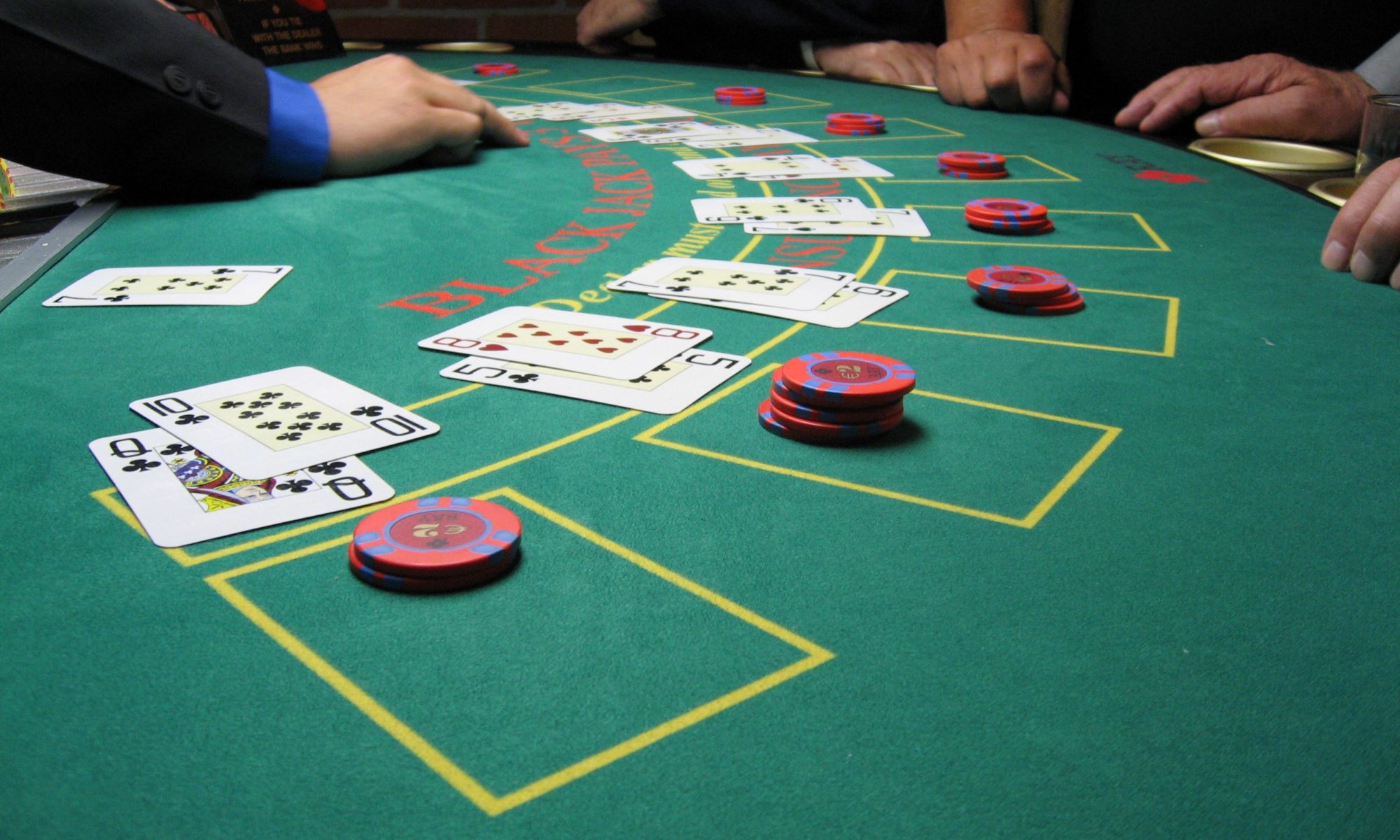We have tested all of the metrics, and we are in the process of developing the survey. This only requires the full functionality of the web application, so realistically, we could perform the study with just that part functional, but we intend on finishing in the next few days, so having users work with the full product would be nice.
As for unit tests, we have latency measurements for the camera, card detection system, and the processing algorithm. We also have a latency measurement for the full system in total for the total system latency spec of 1s. We have accuracy tests for the card detection and processing algorithm. We intend to perform the survey as well, but do not have results at this time.



